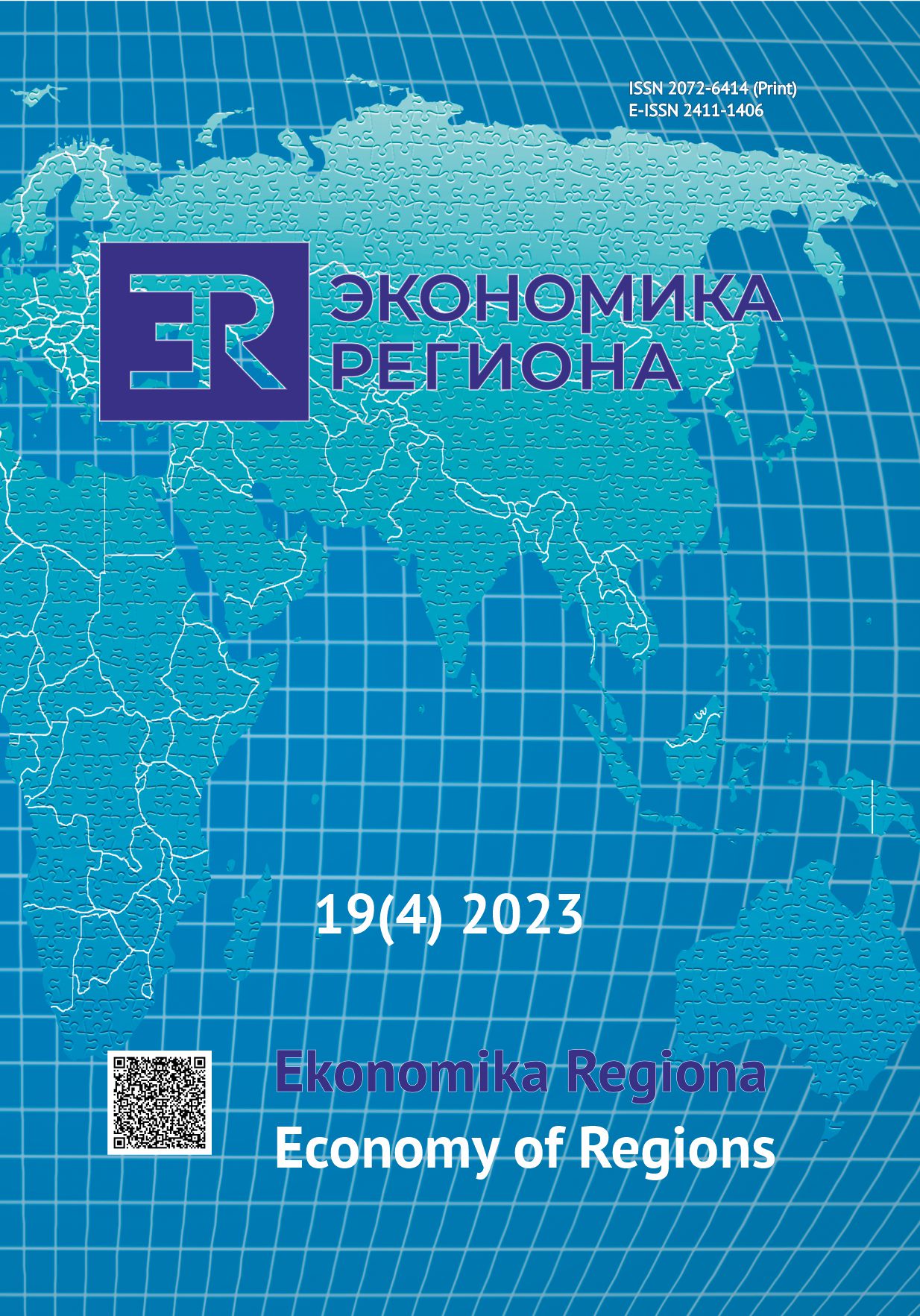Региональные программы материнского капитала: влияние на рождаемость в России
Regional Maternity Capital Programmes: Impact on Fertility in Russia
Author(s): Elena Vakulenko, Natalya Viktorovna Ivashina, Yana O. SvistyilnikSubject(s): Economy, Demography and human biology
Published by: Институт экономики Уральского отделения Российской академии наук
Keywords: fertility; total fertility rate; maternity capital; regional maternity capital programmes; demographic policy;
Summary/Abstract: Despite an active demographic policy, the birth rate in Russia has been declining since 2015. Since 2007, federal maternity capital (FMC) programme has been implemented. In 2011, some Russian regions additionally introduced regional maternity capital (RMC). The paper aims to assess the impact of RMC on fertility in Russian regions. To this end, econometric models using panel data from the Federal State Statistics Service for 1996-2020 were utilised. A positive impact of regional maternity capital for a second child on fertility was revealed. The study demonstrated that this support measure is most effective in predominantly Orthodox regions, as well as in regions with a higher total fertility rate (more than 1.7). According to the analysis, it is necessary to raise RMC payments for a second child to the level of federal maternity capital, all other things being equal, in order to increase the average total fertility rate to 1.7. Fertility is negatively correlated with the average per capita income, housing costs, unemployment rate and preschool enrolment, as well as positively correlated with federal maternity capital and marriage rate. As a result, the state has to continue and improve maternity capital programmes for the purchase of housing for families with children, support them in the labour market, improve preschool infrastructure, and also to pursue a pro-natalist policy aimed at strengthening the family institution and preserving family values. Due to the specificity of data, an influence of regional maternity capital on changes in birth timing and purposes of the capital’s possible spending were not considered. Further research should focus on determining priority forms of providing regional maternity capital according to the intended use.
Journal: Экономика региона
- Issue Year: 19/2023
- Issue No: 4
- Page Range: 1077-1092
- Page Count: 16
- Language: Russian

